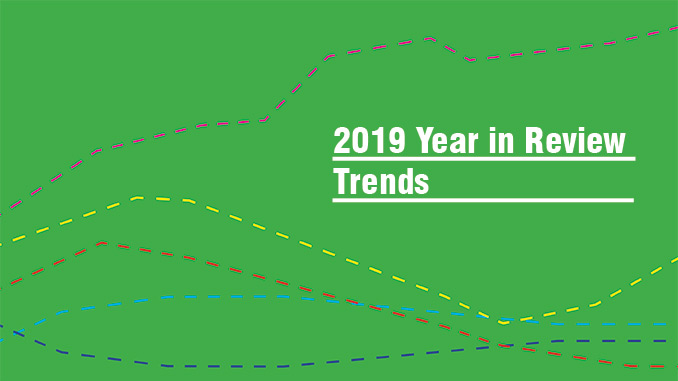
2019 is coming to a close with numerous changes in the landscape architecture profession over the past decade including the increase in urgency in the need to address climate change, mass migration occurred due to conflict, increased urbanisation and the need for transport solutions, and a greater number of landscape architects leading projects.
Over the past few years, I have begun each year by publishing predictions of trends for the coming year and so therefore on this final day of the year, it is time to review the 2019 predictions.
Climate Change studies and new initiatives
Although there has been an increase in published work around climate change we are still in the initial stages of studying the impacts of the interventions to mitigate climate change and hope to see more studies being published soon.
New Infrastructure with Landscape Focus
There were a few infrastructure projects that sort to utilise landscape architecture as a tool to soften and mitigate the impact of infrastructure through the use of land bridges, integrating roads and shared-use paths, and creating nodes in undercrofts of road and train structures.
Old Infrastructure reuse, re-appropriation
There are more cities planning to utilise old infrastructure as public space as the impact of the Highline continues to filter through into cities across the world.
Neighborhood Improvement vs Gentrification
Gentrification is still occurring but with rising housing costs and with many cities relying on non-profits and private developers to supply social housing there will be areas that will still be gentrified rather than improved. This will come to a trigger point in the 2020’s.
Gender Equality
We have seen an increase in the focus of gender equality within the profession and the successful launch of WxLA and the continued work by associations and institutions to address gender equality.
Smart Cities
Still in its infancy in many cities with implementation of smart parking(signs & indicators), smart transportation (mobile apps), smart waste management (bins, light poles). There are still many improvements and initiatives that need to be implemented to fully realise the possibilities that smart cities technologies offer.
Machine Learning, Augmented Reality and Data Analysis
Many of these technologies are still in their infancy and it will be many years before practices start using these tools on a daily basis. The firms using these technologies when they are fit for purpose and clients are willing to pay for being on the leading edge.
The use of Machine Learning is mostly used by landscape firms to analyse imagery and video to improve libraries and analyse of movement. Augmented Reality is being used in the industry by a small percentage of landscape architecture firms but this will change over time with the ability to test designs onsite. Cities and private companies are collecting data through sharing economy and transports apps (bike, car, bus, etc) that provide data and the ability to analyse and learn about how cities, places and spaces are used.
We have seen the launch of the Climate Design Challenge which encourages landscape architects to use the app to “design for the future” and “be climate positive” through analysing the use of hard and soft surfaces to determine a what point (time) the project will have sequestered enough carbon to be climate positive.
Multi-modal transport
